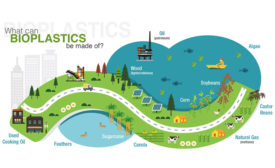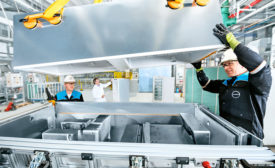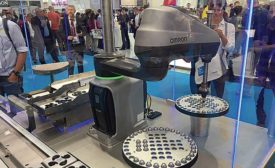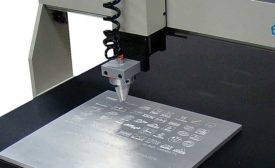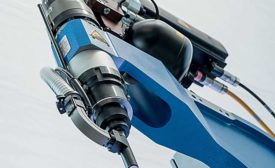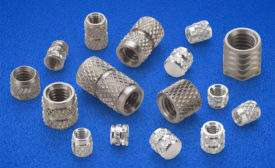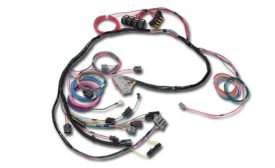Featured on Home Page
Innovation in Refrigerator Manufacturing
The desire for increased energy efficiency is one of the major driving forces in the appliance industry.
August 8, 2018
Robots Rule at Automatica
The latest technologies for robotics and automated assembly were on display at the Automatica show in Munich, Germany, in June.
August 7, 2018
Marking Metal Parts With Precision
Manufacturers have several options for precisely marking metal parts.
August 6, 2018
Bonding Decorative Elements in Vehicles
New UV-cure adhesives provide strength and flexibility for bonding decorative trim in automotive applications
August 3, 2018
Advances in Self-Piercing Riveting
Self-piercing rivets are helping automakers assemble aluminum and high-strength steel
August 2, 2018
GE Stays on Track by Rebuilding Locomotives
Flexible assembly lines turn tired workhorses into modern machines
August 1, 2018
Threaded Metal Inserts for Plastic Assemblies
When specifying for such assemblies, an essential part of the decision-making process will involve how the plastic materials or components will be attached.
August 1, 2018
Software Aids Design of Wire Harness for NASA's New Rocket
NGIS increases cable design productivity for NASA rocket by moving to a digital design process
July 13, 2018
TE’s New Terminal Design Reduces Insertion Force
Liteforce design helps address the conflict between technological requirements and assembly ergonomics
July 12, 2018
Never miss the latest news and trends driving the manufacturing industry
Stay in the know on the latest assembly trends.
JOIN TODAY!Copyright ©2024. All Rights Reserved BNP Media.
Design, CMS, Hosting & Web Development :: ePublishing
